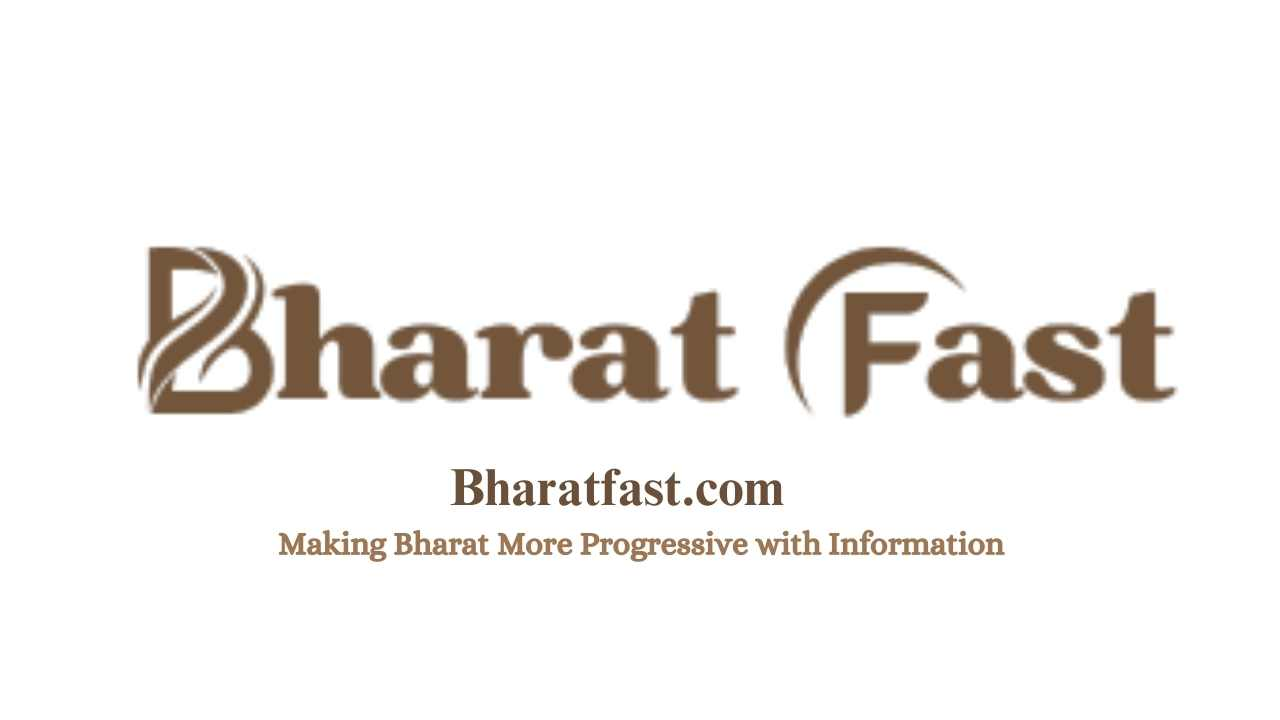The recent initial public offering (IPO) of Hyundai Motor India has garnered significant attention in the financial markets, but the response from retail investors has not met expectations. Despite being the largest IPO in India and the second-largest globally in 2024, the retail subscription rate stood at a mere 50% by the end of the offering period. This situation highlights a broader trend in the IPO landscape, where retail and non-institutional investor participation has been declining. In this comprehensive analysis, we will delve deeper into the implications of this IPO, the factors influencing investor sentiment, and the overall performance of Hyundai Motor India in the stock market.
Hyundai Motor India IPO Overview
Hyundai Motor India Ltd. launched its IPO amid high expectations from the market. The offer consisted purely of an offer-for-sale (OFS) from its parent company, Hyundai Motor Company, which sold approximately 14.2 crore equity shares. With an issue size that peaked at ₹27,870 crore at the top of the pricing range, the IPO was crucial for enhancing Hyundai’s visibility and brand recognition in India. However, the absence of any fresh equity issue meant that Hyundai would not benefit from any capital raised during the IPO.
Subscription Details and Trends
| Investor Category | Subscription Rate |
|---|---|
| Qualified Institutional Buyers (QIB) | 6.97 times |
| Non-Institutional Investors (NII) | 60% |
| Retail Investors | 50% |
The above table illustrates the disparity in subscription rates across various investor categories during the Hyundai Motor India IPO. Despite the overall IPO being oversubscribed by 2.37 times, the low participation from retail and NII segments raises questions about the market’s confidence in the valuation and future prospects of the company.
Investor Sentiment: Factors at Play
The lukewarm response from retail investors can be attributed to several key factors that have shaped market sentiment.
1. Offer-for-Sale (OFS) Structure
The Hyundai Motor India IPO is exclusively an OFS, with the parent company, Hyundai Motor Company, being the only seller of shares. This structure implies that no new funds are being raised directly for the company, thereby limiting the potential for growth and expansion. This has led many investors to question whether investing in shares under these circumstances is a prudent decision.
Furthermore, historical precedents where larger OFS have not resulted in significant profits have contributed to skepticism regarding this offering. The notable example of the Life Insurance Corporation of India (LIC) IPO serves as a cautionary tale for investors contemplating participation in an OFS.
2. Valuation Concerns
The pricing for the Hyundai Motor India IPO was set at ₹1,960, indicating a valuation of nearly 30 times the earnings per share (EPS) for FY25. Such high valuations can deter cautious investors who may view the stock as overvalued, particularly in a sector currently grappling with inventory buildup and fluctuating demand.
Arun Kejriwal, an expert in market trends, noted that the increase in issue price midway through the IPO process raised concerns among investors, leading to the significant drop in retail and HNI subscription. This decision indicated a lack of alignment between investor expectations and the company’s pricing strategy.
Market Reactions and Predictions
Market analysts and investors are keenly awaiting the listing day, which is slated for October 22. Prashanth Tapse, a senior research analyst at Mehta Equities, expressed anticipation regarding how the stock would perform post-listing. The anticipation includes a potential price movement of flat to -5% based on the issue allotment price.
Outlook on the Automotive Industry
The automotive industry in India is currently experiencing a mix of challenges and opportunities. With a growing demand for electric vehicles (EVs) and sustainable transportation, companies must navigate through inventory challenges and changing consumer preferences. Investors are monitoring Hyundai’s strategies in the EV domain and its potential impact on overall performance and growth prospects.
FAQs
What is an IPO?
An Initial Public Offering (IPO) is the process through which a private company offers its shares to the public for the first time to raise capital. It marks the transition of a company from private to public status.
What does OFS mean?
OFS stands for Offer-for-Sale. It is a mechanism through which existing shareholders, typically promoters or founders, sell their shares to the public. No new shares are issued during an OFS.
Why was the retail subscription low for Hyundai Motor India IPO?
The low retail subscription can be attributed to the OFS structure, high valuations, and investor skepticism regarding potential profits from investing in an OFS-based IPO.
What factors influence IPO subscription rates?
Several factors can influence IPO subscription rates, including market conditions, overall economic sentiment, the company’s financial health, pricing strategy, and investor interest in the sector.
How can one track IPO performance post-listing?
Investors can track IPO performance by monitoring stock price movements, trading volume, and analyzing market trends. Financial news platforms and brokerage services often provide updates and insights on IPO performance.
Conclusion
The Hyundai Motor India IPO exemplifies the complexities of the current IPO landscape where substantial offerings do not necessarily equate to significant retail participation. As the company prepares for its listing, the challenges posed by high valuations and the structure of the offering necessitate a cautious approach from investors. With eyes on the October 22 listing, both retail and institutional investors are poised to see how Hyundai Motor India adapts to market expectations and navigates its path forward in an evolving automotive sector.
